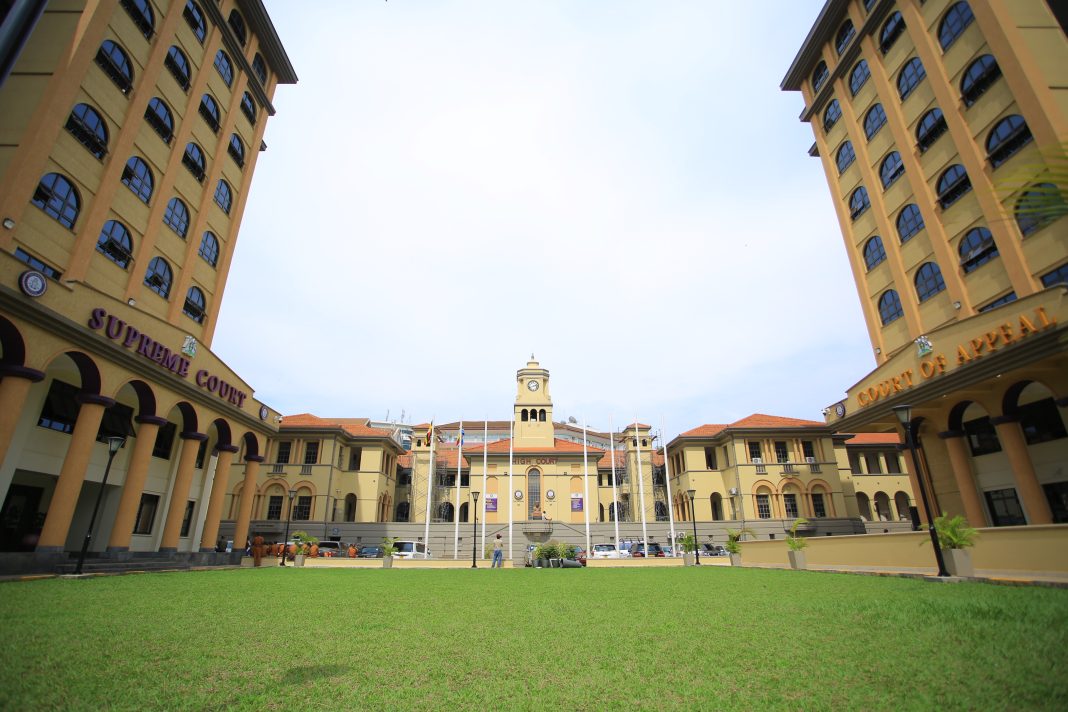The construction of the Supreme Court and Court of Appeal’s twin towers has set a remarkable example of what can be achieved through effective teamwork, leadership, and a shift in attitude towards resource management. The ambitious project, which began in May 2020, was completed in three years and eleven months, costing 115 billion Ugandan shillings, far less than the initially projected 1,047 shillings per square metre. The final cost was 975 shillings per square metre, saving the government 8.5 billion shillings.
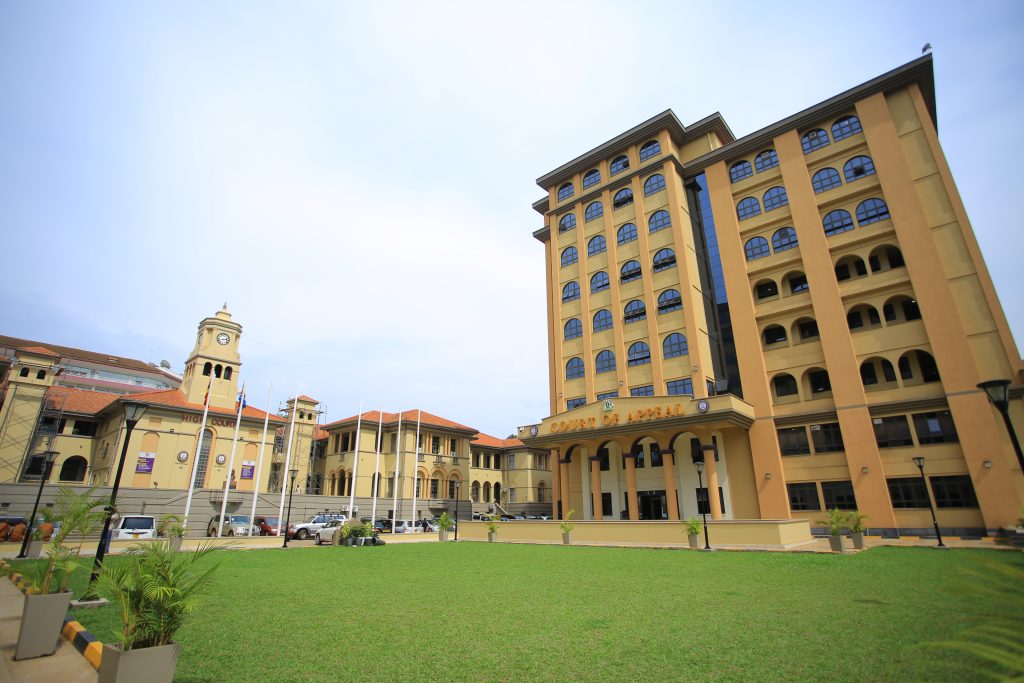
The twin towers, which stand tall as a symbol of progress, house state-of-the-art courtrooms, conference rooms, offices for judges, and several amenities like canteens, a restaurant for judges, ICT rooms, and even facilities for children accompanying parents to court. There are also facilities for people with disabilities, ensuring accessibility for all users.

Teamwork and Leadership: The Key to Success
According to Pius Bigirimana, the Permanent Secretary of the Ministry of Justice and Constitutional Affairs, the success of this monumental project can be attributed to one thing above all: teamwork. The project brought together a dedicated team that worked closely with both supervision and monitoring in mind. From the beginning, the leadership was keen on ensuring that every detail was carefully planned and executed.
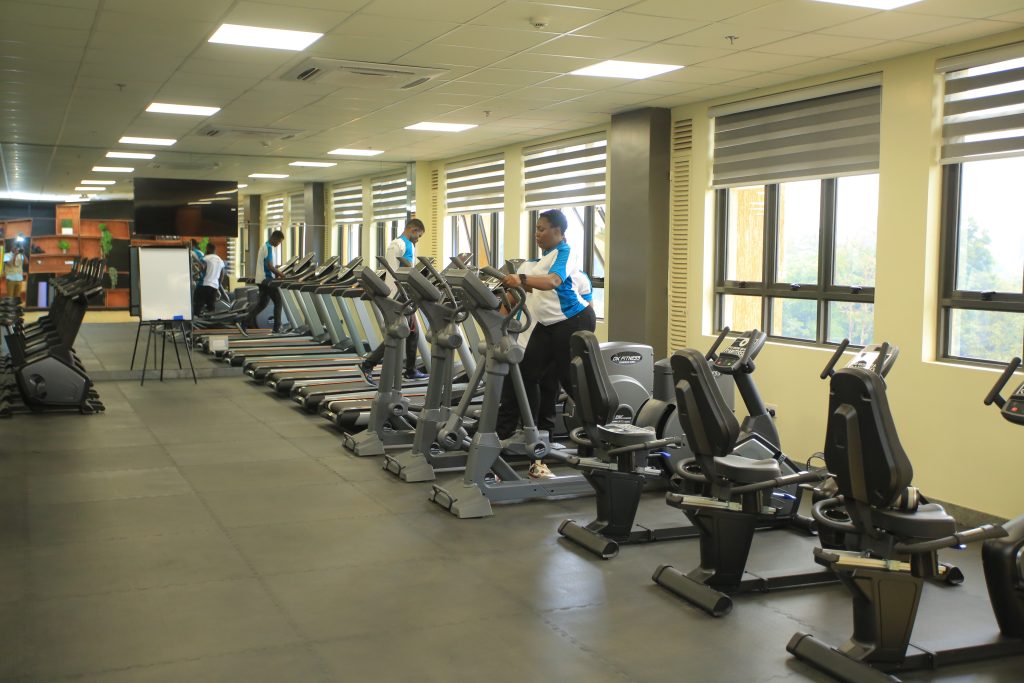
One of the critical additions to the towers was two additional floors, one for the Supreme Court and another for the Court of Appeal. These additional spaces, meant for conference rooms, were not part of the original plan but were added to accommodate the growing need for professional events. The financing for these additions came from the contingency budget, showcasing the innovative mindset of the project team.
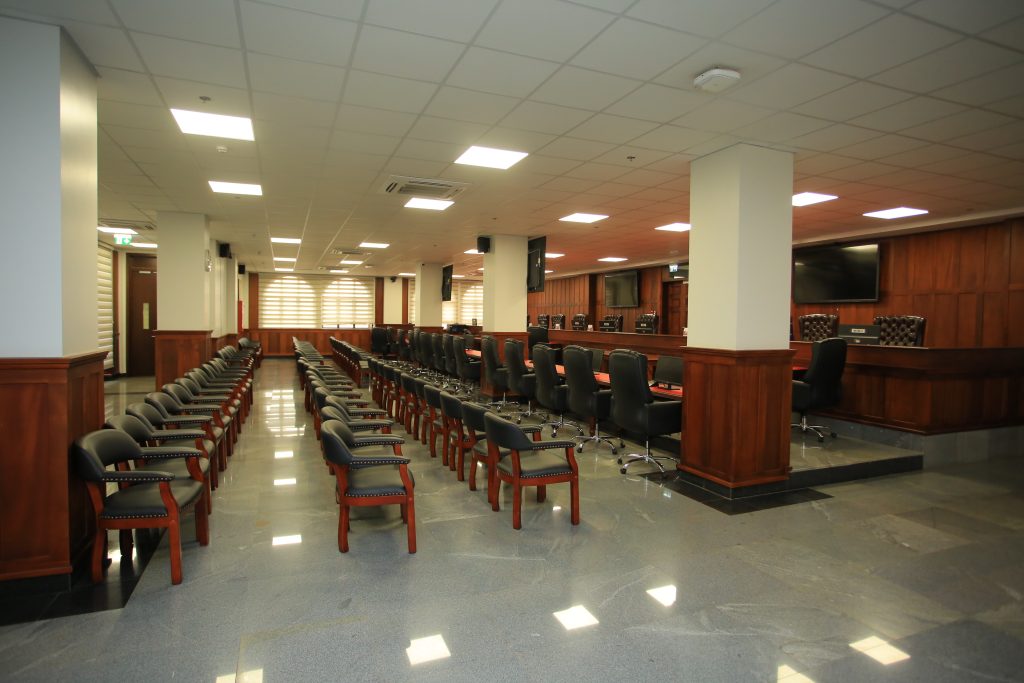
Innovative Design and Features
Each of the two towers has its own designated area: One tower is for the Chief Justice and the Supreme Court judges, while the other is for the Deputy Chief Justice and the Court of Appeal judges. There are chambers, courtrooms, and dedicated spaces for registrars—those who assist judges in the smooth running of court cases. The building also features multi-functional spaces such as gym facilities, a steam room, a sauna, and even a bar, allowing judges to have everything they need under one roof.

In addition to the professional spaces, the towers provide amenities for the welfare of the judiciary staff, including dedicated rooms for interpretation in the conference rooms, making the complex self-sustaining. The design also took into account the safety and security of the judiciary, while fostering an environment of convenience for the judges and staff, enabling them to carry out their work without unnecessary distractions.
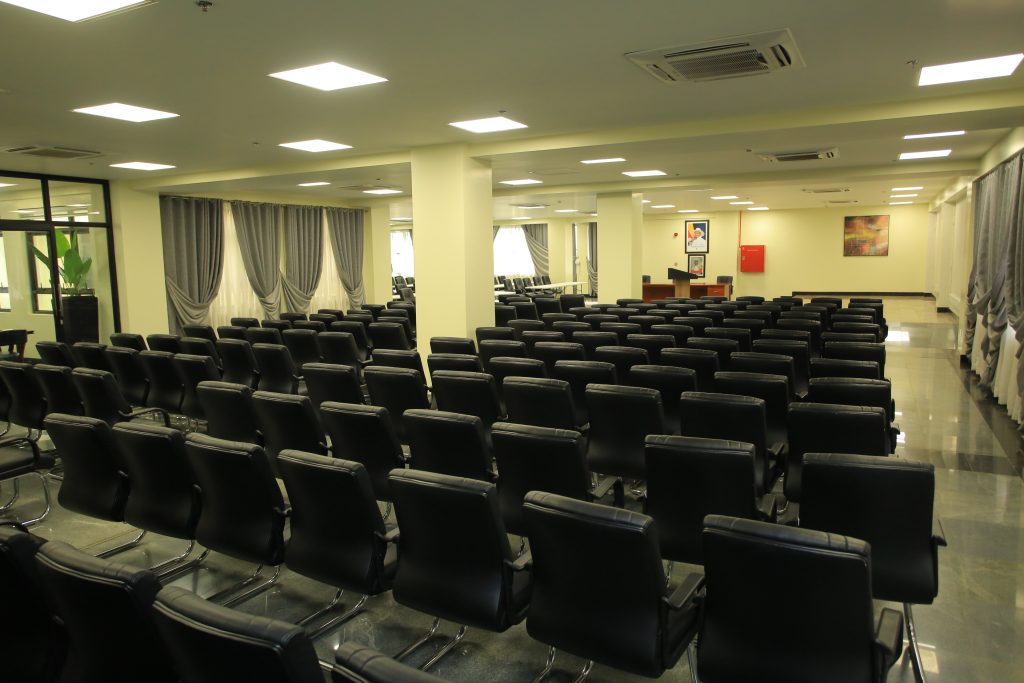
Cost Savings and Long-term Benefits
The impact of these new facilities extends beyond the immediate convenience and security they offer. The judiciary has been able to save an estimated 6 billion shillings per year in operating costs by centralizing resources and eliminating the need to conduct conferences, workshops, and seminars outside the building. The self-contained nature of the complex also enables the judiciary to minimize operational disruptions, contributing to increased productivity.
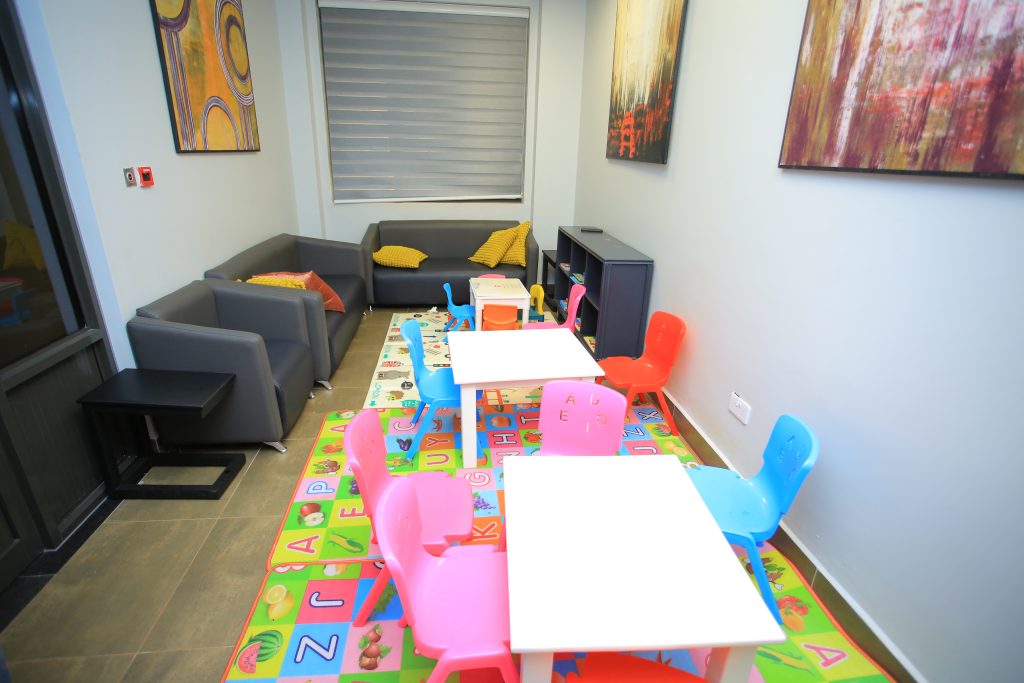
Bigirimana highlights that the construction of the twin towers is not just a matter of aesthetics or efficiency but represents a broader shift in the way the judicial system functions. By ensuring that judges and staff have easy access to resources and modern facilities, the judiciary has created a space where efficiency and professionalism can thrive.
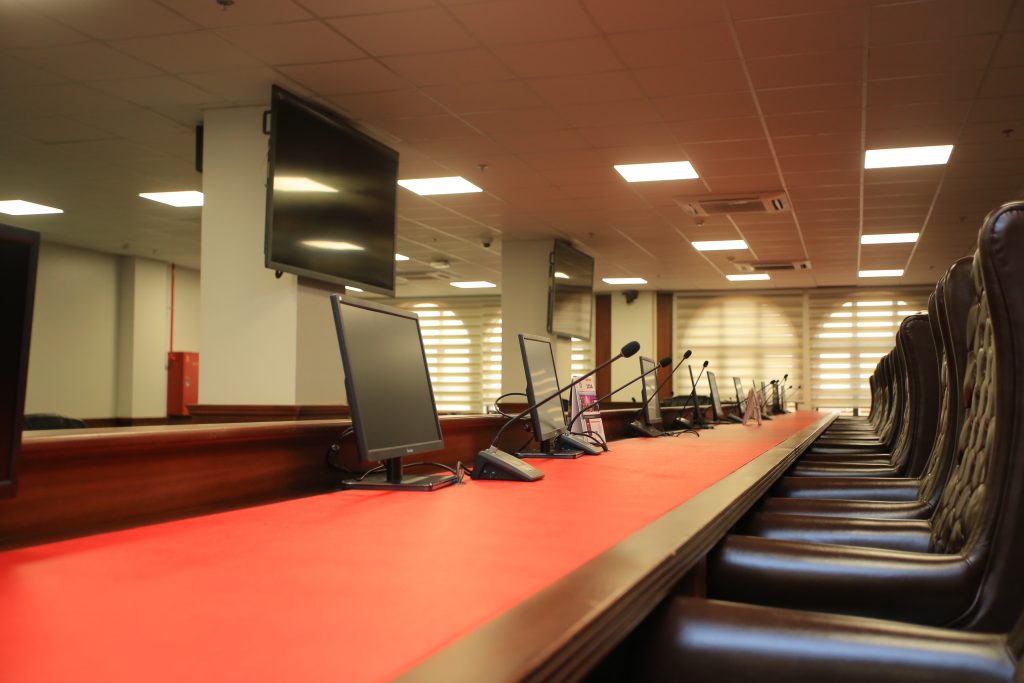
Beyond the Twin Towers: Expanding Judicial Infrastructure Nationwide
This development is just the beginning. The Ministry of Justice and Constitutional Affairs is now planning to expand the judiciary’s infrastructure further. They are looking to construct additional Court of Appeal buildings in different parts of the country as well as high court circuits to ensure that justice is more accessible to people in every corner of Uganda. These new projects aim to reduce the backlog of cases, which have significant economic implications, and contribute to faster and more effective justice delivery.



